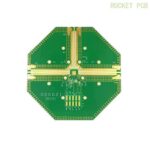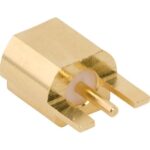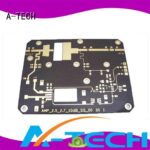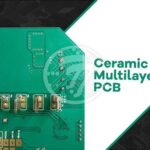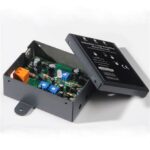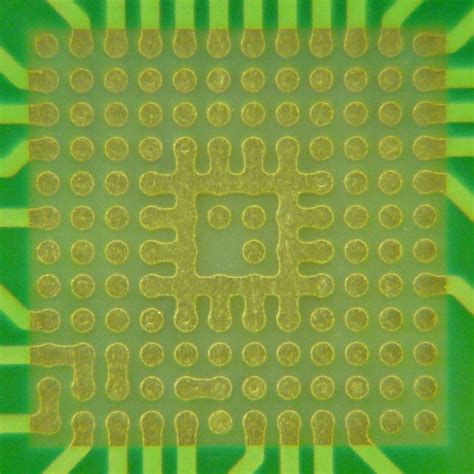
ALL ABOUT FLEX PCB
-
Plugged Vias: Is Plugging Your Vias Necessary?
Posted by
–
 Read more: Plugged Vias: Is Plugging Your Vias Necessary?
Read more: Plugged Vias: Is Plugging Your Vias Necessary?What are Vias? Before diving into the topic of Plugged Vias, it’s essential to understand what vias are and their role in PCB design. Vias are small holes drilled through a PCB that allow for electrical connections between different layers of the board. They are typically plated with a conductive […]
-
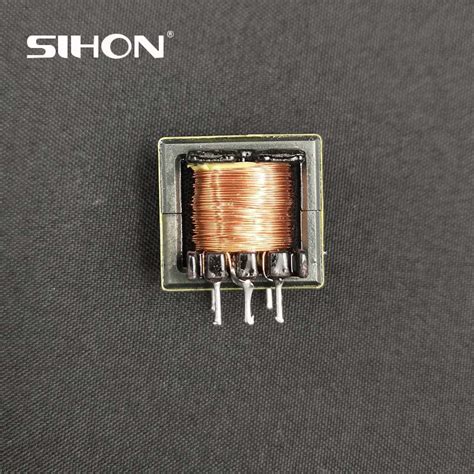 Read more: Ferrite Core Transformer; A Definitive Guide on the Basics
Read more: Ferrite Core Transformer; A Definitive Guide on the BasicsIntroduction to Ferrite Core Transformers Ferrite core transformers are essential components in various electrical and electronic applications, ranging from power supplies to high-frequency communication systems. These transformers utilize ferrite materials as their core, which offers several advantages over traditional iron cores. In this comprehensive guide, we will delve into the […]
-
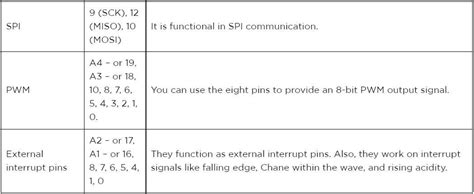 Read more: Mkr1000 Pinout: A Preferred Choice for IoT Projects
Read more: Mkr1000 Pinout: A Preferred Choice for IoT ProjectsIntroduction to the Mkr1000 The Mkr1000 is part of Arduino’s MKR family of boards, designed specifically for IoT applications. It is based on the Atmel ATSAMW25 SoC, which combines a SAMD21 Cortex-M0+ 32bit low power ARM MCU with a WINC1500 Wi-Fi module. This combination allows the Mkr1000 to offer a […]
-
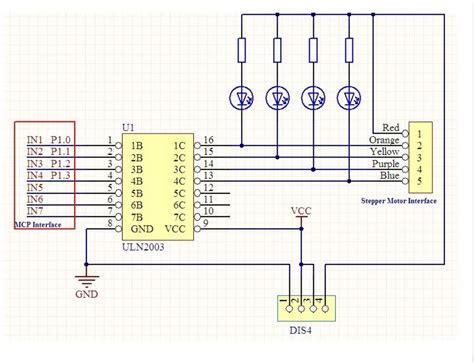 Read more: Uln2003 pinout: A Comprehensive Guide on ULN2003 IC Datasheet
Read more: Uln2003 pinout: A Comprehensive Guide on ULN2003 IC DatasheetIntroduction to the ULN2003 IC The ULN2003 is a monolithic high voltage and high current Darlington transistor array. It consists of seven NPN Darlington pairs that feature high-voltage outputs with common-cathode clamp diodes for switching inductive loads. The collectors are connected to the common outputs, while the emitters are grounded. […]
-
 Read more: Negative Edge Triggered Flip-Flops: Basic Electronic Knowledge
Read more: Negative Edge Triggered Flip-Flops: Basic Electronic KnowledgeIntroduction to Flip-Flops Flip-flops are fundamental building blocks in digital electronics and sequential logic circuits. They are used to store and synchronize data, acting as memory elements capable of holding a single bit of information. Flip-flops come in various types, each with its unique characteristics and triggering mechanisms. In this […]
-
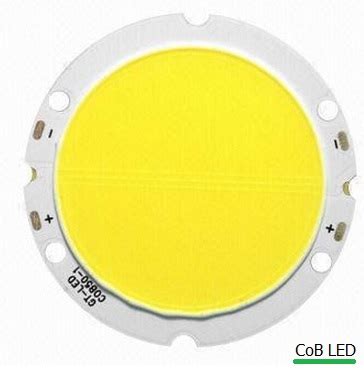 Read more: Ultimate Guide to COB LED Manufacturing – Done at One-Stop Now
Read more: Ultimate Guide to COB LED Manufacturing – Done at One-Stop NowIntroduction to COB LED Manufacturing COB (Chip-on-Board) LED manufacturing is a cutting-edge technology that has revolutionized the lighting industry. This innovative approach to LED packaging involves mounting multiple LED chips directly onto a substrate or circuit board, creating a single, compact light source. COB LED manufacturing offers numerous advantages over […]
-
Voltmeter IC: A voltage measuring tool
Posted by
–
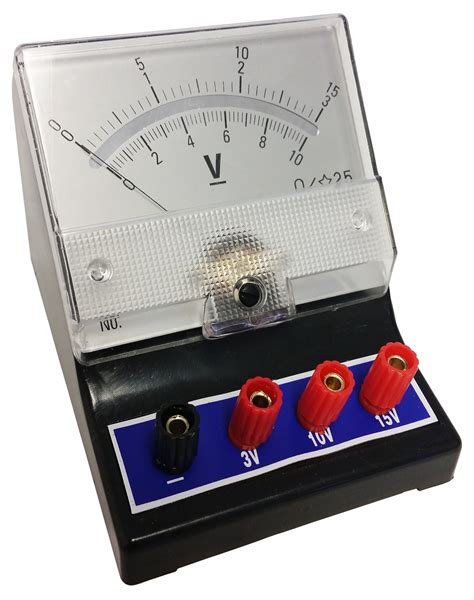 Read more: Voltmeter IC: A voltage measuring tool
Read more: Voltmeter IC: A voltage measuring toolIntroduction to Voltmeter ICs A voltmeter IC, also known as a voltage measurement integrated circuit, is a specialized electronic component designed to accurately measure and monitor voltage levels in various electrical systems. These compact and highly efficient ICs have revolutionized the way engineers and technicians measure voltage, offering a more […]
-
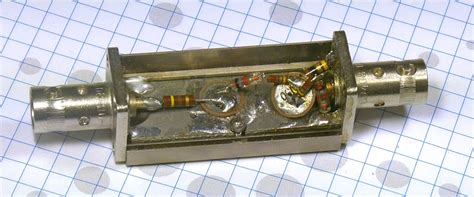 Read more: DIY RF Detector – How To Easily Build a DIY RF Detector
Read more: DIY RF Detector – How To Easily Build a DIY RF DetectorWhat is an RF Detector? An RF Detector, also known as an RF Sniffer or RF Bug Detector, is a device that can detect the presence of radio frequency signals in the environment. It works by picking up electromagnetic waves in the RF spectrum and converting them into an audible […]
-
Ir Blaster: How to Understand and Use IR Blaster
Posted by
–
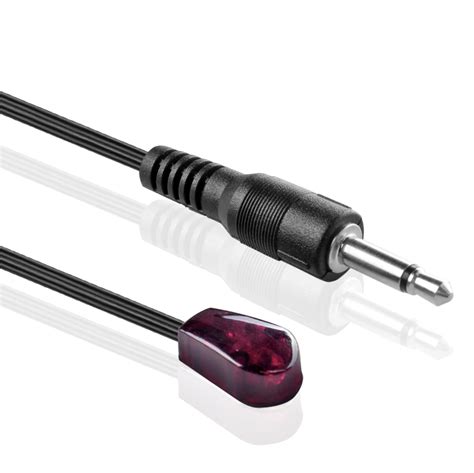 Read more: Ir Blaster: How to Understand and Use IR Blaster
Read more: Ir Blaster: How to Understand and Use IR BlasterWhat is an IR Blaster? An IR Blaster, short for Infrared Blaster, is a device that emulates an infrared remote control to autonomously control a device that is normally controlled only by remote control key presses. In simple terms, it’s a gadget that can control devices like TVs, air conditioners, […]
-
Kicad Tutorial-Simple And Valuable Fundamentals
Posted by
–
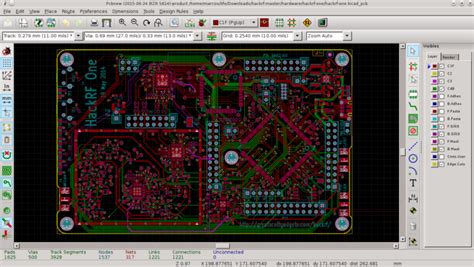 Read more: Kicad Tutorial-Simple And Valuable Fundamentals
Read more: Kicad Tutorial-Simple And Valuable FundamentalsIntroduction to Kicad Kicad is a powerful, open-source electronic design automation (EDA) software that allows users to design printed circuit boards (PCBs) from scratch. It is a cross-platform tool that runs on Windows, Linux, and macOS, making it accessible to a wide range of users. Kicad is an excellent choice […]
